Are you wondering what a cooling break is at World Cup 2014?
FIFA implemented cooling breaks in view that temperatures in Brazil can rise to scorching levels.
A cooling break can be called by the referee once temperatures go over 89.6F (32°C) in the stadium.
These breaks can only be call after the 30th minute and 75th minute mark in a match respectively.
The match clock will not stop, however, if such a break is called.
This is the first World Cup where cooling breaks are allowed.
See an AP article about water breaks.
Court Orders FIFA to Implement Water Breaks
TERESOPOLIS, Brazil (AP) — A Brazilian court on Friday ordered FIFA to introduce mandatory breaks for players in World Cup matches played in high temperatures.
A labor court in the capital of Brasilia issued a temporary injunction saying the breaks are required near the 30th minute of each half so players can get hydrated.
The breaks are now mandatory when temperatures reach 32 degrees Celsius (89.6 Fahrenheit) in the Wet Bulb Globe Temperature index, which takes into account factors such as time of day, cloud cover, wind, humidity and location.
The court said in a statement that the ruling was made after nearly two hours of failed negotiations involving FIFA and local prosecutors on Friday.
FIFA said it had already recommended the breaks in such weather conditions and told The Associated Press that the labor court had merely confirmed the pre-established guidelines.
The court earlier said that the injunction was necessary because there was nothing assuring that FIFA would enforce its own guidelines.
FIFA said that no World Cup match so far has had temperatures higher than 28 degrees Celsius (82.4 Fahrenheit) in the heat stress index.
Prosecutors wanted the breaks to be implemented when the temperature reached 30 degrees Celsius (86 Fahrenheit) in the index, but the judge said that he would accept the higher FIFA limit because it wasn’t evident that the small difference would “endanger the players’ health.”
“I think that obliging FIFA to enforce its own norm is not a measure that jeopardizes the competition,” judge Rogerio Neiva Pinheiro said in his ruling.
He said FIFA must pay 200,000 reals (about $90,000) for each match in which the ruling isn’t enforced.
The court also said football’s world governing body is responsible for registering the temperature during matches by using certified equipment.
Brazil’s players’ union took legal again against FIFA recently, demanding it changed kickoff times of all 24 matches that were scheduled for 1 p.m. local time (1600 GMT) to avoid subjecting athletes to the risks of playing in “intense heat.”
FIFA had said at the time that it would not change the start times, or make the cooling breaks mandatory, because it spent nearly two years analyzing the tournament’s schedule and always took into consideration the players’ health.
FIFA had previously altered the starting times of seven World Cup matches in the most hot and humid host cities.
Winter is starting in Brazil, but it remains hot and humid in many of the 12 host cities, particularly in the northeastern and northern regions.
There was special concern with the jungle city of Manaus, where humidity is expected to significantly affect players’ performances. It happened in the England vs. Italy match last week, when players and fans complained of the conditions.
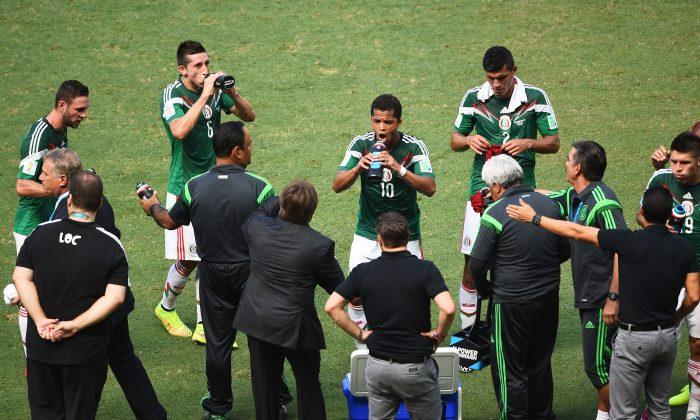
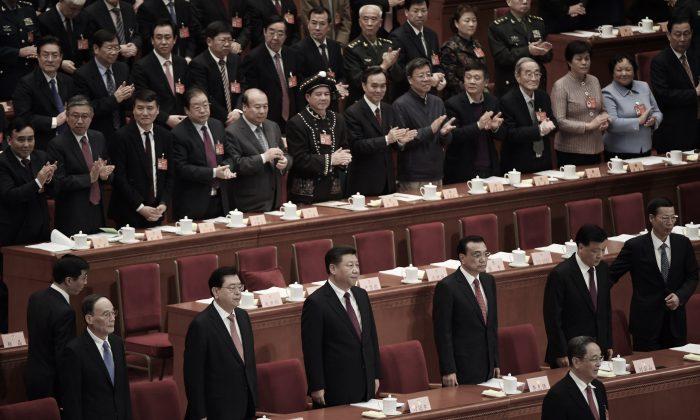
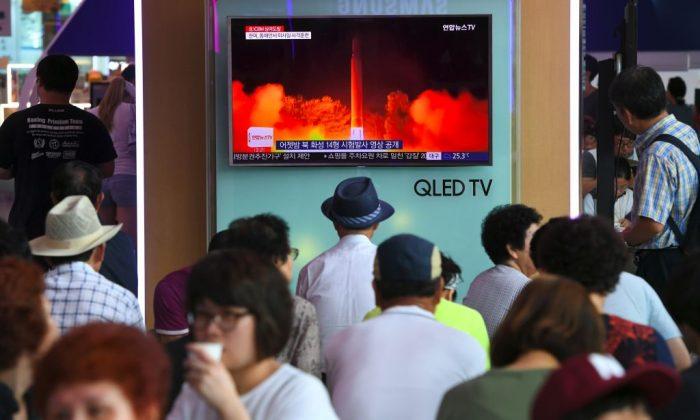
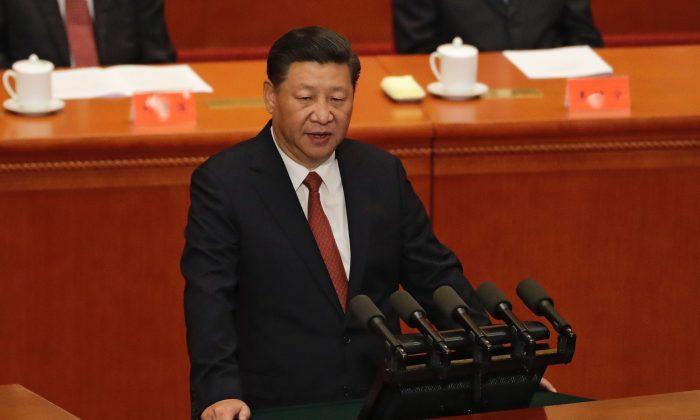
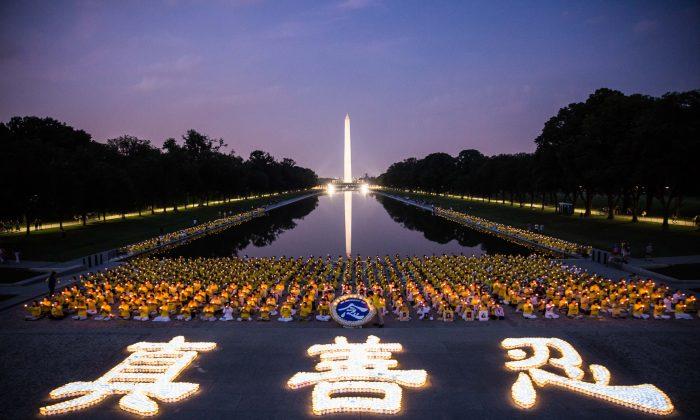
Friends Read Free